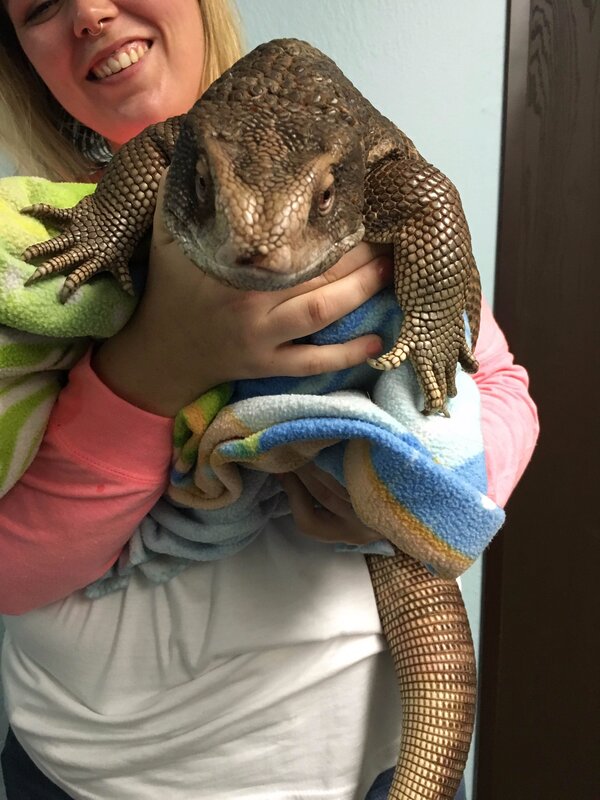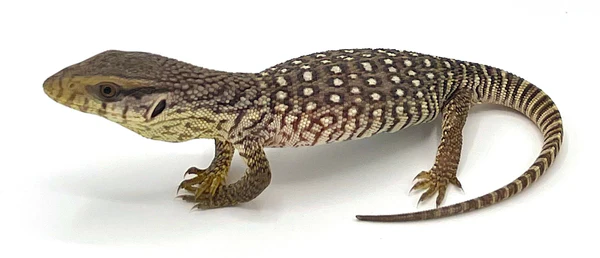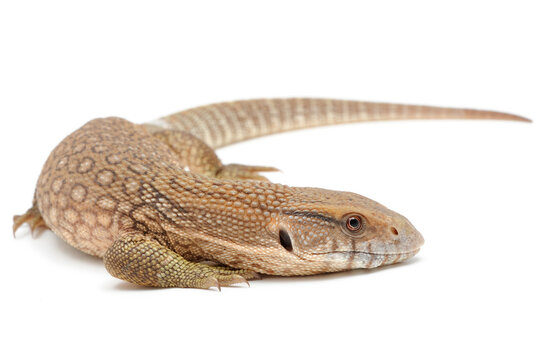The Savanna Monitor is one of the most fascinating reptiles, known for its robust build, unique behavior, and adaptability to diverse environments. Whether you're a reptile enthusiast, considering one as a pet, or simply curious about wildlife, this article dives into every aspect of these incredible creatures.

The Savanna Monitor, scientifically known as Varanus exanthematicus, is a medium-to-large-sized lizard belonging to the monitor lizard family. It is native to the savannas of sub-Saharan Africa, thriving in dry and hot environments.
Size: Adults can grow up to 3–4 feet (1 meter) in length and weigh around 10–15 pounds (4–7 kilograms).
Appearance: They have a thick, muscular body covered in tough scales. Their skin is typically yellowish-brown with darker spots that provide camouflage in their natural habitat.
Longevity: With proper care, Savanna Monitors can live up to 10–15 years in captivity.
These lizards are prized for their hardy nature and intriguing behavior, making them popular in the reptile-keeping community.
Savanna Monitors are predominantly found in the dry, open plains of sub-Saharan Africa. These areas, known as savannas, are characterized by grasslands dotted with trees and shrubs.
Regions: Commonly found in countries like Ghana, Nigeria, and Kenya.
Climate: Adapted to arid and semi-arid climates, they thrive in temperatures that can exceed 100°F (38°C).
Shelter: They often burrow into the ground to escape the heat or hide from predators.
Savanna Monitors are both predators and prey, playing a critical role in their environment.
Predators: They hunt insects, small mammals, birds, and other reptiles.
Prey: They are occasionally hunted by larger predators like eagles, snakes, and humans.

Savanna Monitors are known for their active and curious nature. They are primarily diurnal, meaning they are most active during the day.
They use their strong sense of smell and sharp vision to locate prey.
Skilled diggers, they often burrow into the ground to uncover hidden meals, such as beetles and snails.
Insects: Grasshoppers, crickets, and beetles.
Small Animals: Mice, birds, and other lizards.
Eggs: Bird and reptile eggs are a delicacy.
As pets, they require a balanced, high-protein diet:
Primary Foods: Rodents (mice), insects (crickets, mealworms), and cooked eggs.
Supplements: Reptile-specific multivitamins to prevent nutritional deficiencies.
Savanna Monitors are often kept as exotic pets due to their manageable size and hardy nature. However, they require specific care to thrive.
Enclosure Size: A spacious tank, at least 6 feet long, is recommended.
Temperature:
Provide a basking spot around 100°F–110°F (38°C–43°C).
Ambient temperature should range from 80°F to 90°F (26°C–32°C).
Humidity: Maintain moderate humidity levels between 40%–50%.
Substrate: Use sand, soil, or coconut husk, allowing the monitor to dig and burrow.
Regular, gentle handling helps build trust, but they can become defensive if they feel threatened.
Avoid sudden movements or grabbing their tails.

Savanna Monitors are generally hardy, but like any reptile, they can develop health problems if not properly cared for.
Metabolic Bone Disease (MBD): Caused by calcium or vitamin D3 deficiency.
Prevention: Provide UVB lighting and a calcium-rich diet.
Respiratory Infections: Often due to low temperatures or high humidity.
Prevention: Maintain optimal enclosure conditions.
Parasites: Internal and external parasites can affect wild-caught monitors.
Prevention: Regular veterinary check-ups.
Savanna Monitors are often compared to other members of the monitor lizard family.
Savanna Monitor vs. Nile Monitor: Nile Monitors are larger and more aggressive, making them less suitable as pets.
Savanna Monitor vs. Black-Throat Monitor: Both are docile, but Black-Throat Monitors require significantly more space.
Savanna Monitor vs. Asian Water Monitor: Water Monitors are semi-aquatic and need access to water, unlike the dry-climate-savvy Savanna Monitor.

Savanna Monitors are listed under CITES Appendix II, which regulates their trade to ensure it is sustainable. While they are not currently endangered, threats like habitat destruction and over-collection for the pet trade pose risks.
Promote captive breeding programs to reduce wild collection.
Support habitat preservation initiatives in Africa.
Savanna Monitors have a forked tongue, much like snakes, which enhances their sense of smell.
In some African cultures, they are considered symbols of strength and adaptability.
They are popular in educational programs to teach people about reptiles and ecosystems.
Savanna Monitors are incredible creatures, whether in the wild or as pets. They require dedicated care but reward their keepers with fascinating behavior and a glimpse into the world of African wildlife. If you're considering one as a pet, ensure you are prepared to meet their needs and provide a suitable environment for this remarkable reptile to thrive.
animal tags: Conservation
We created this article in conjunction with AI technology, then made sure it was fact-checked and edited by a Animals Top editor.